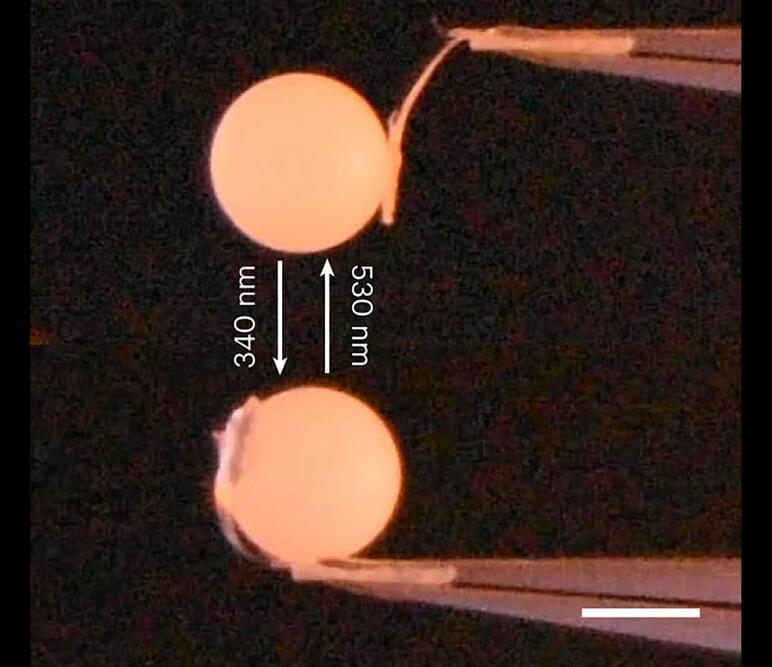Researchers have developed a novel material using tiny organic crystals that convert light into a substantial mechanical force able to lift 10,000 times its own mass. Without the need for heat or electricity, the photomechanical material could one day drive wireless, remote-controlled systems that power robots and vehicles.
Photomechanical materials are designed to transform light directly into mechanical force. They result from a complex interplay between photochemistry, polymer chemistry, physics, mechanics, optics, and engineering. Photomechanical actuators, the part of a machine that helps achieve physical movements, are gaining popularity because external control can be achieved simply by manipulating light conditions.
Researchers from the University of Colorado, Boulder, have taken the next step in the development of photomechanical materials, creating a tiny organic crystal array that bends and lifts objects much heavier than itself.
